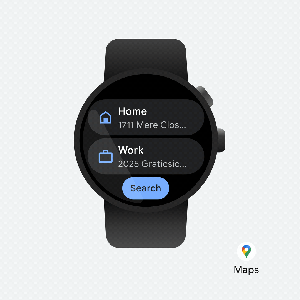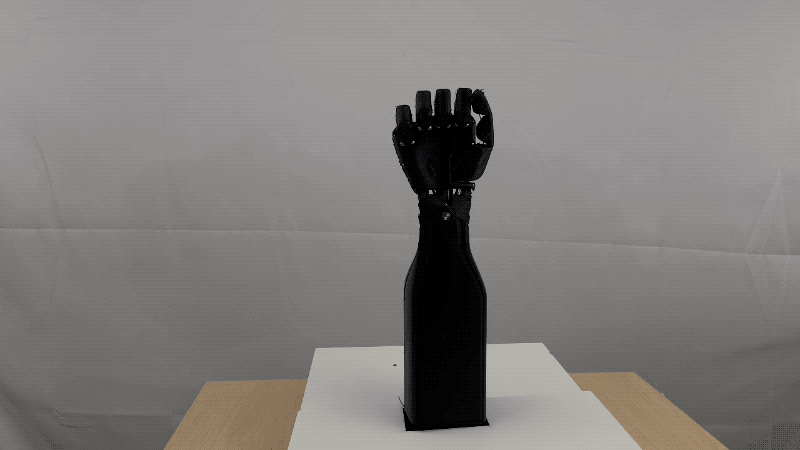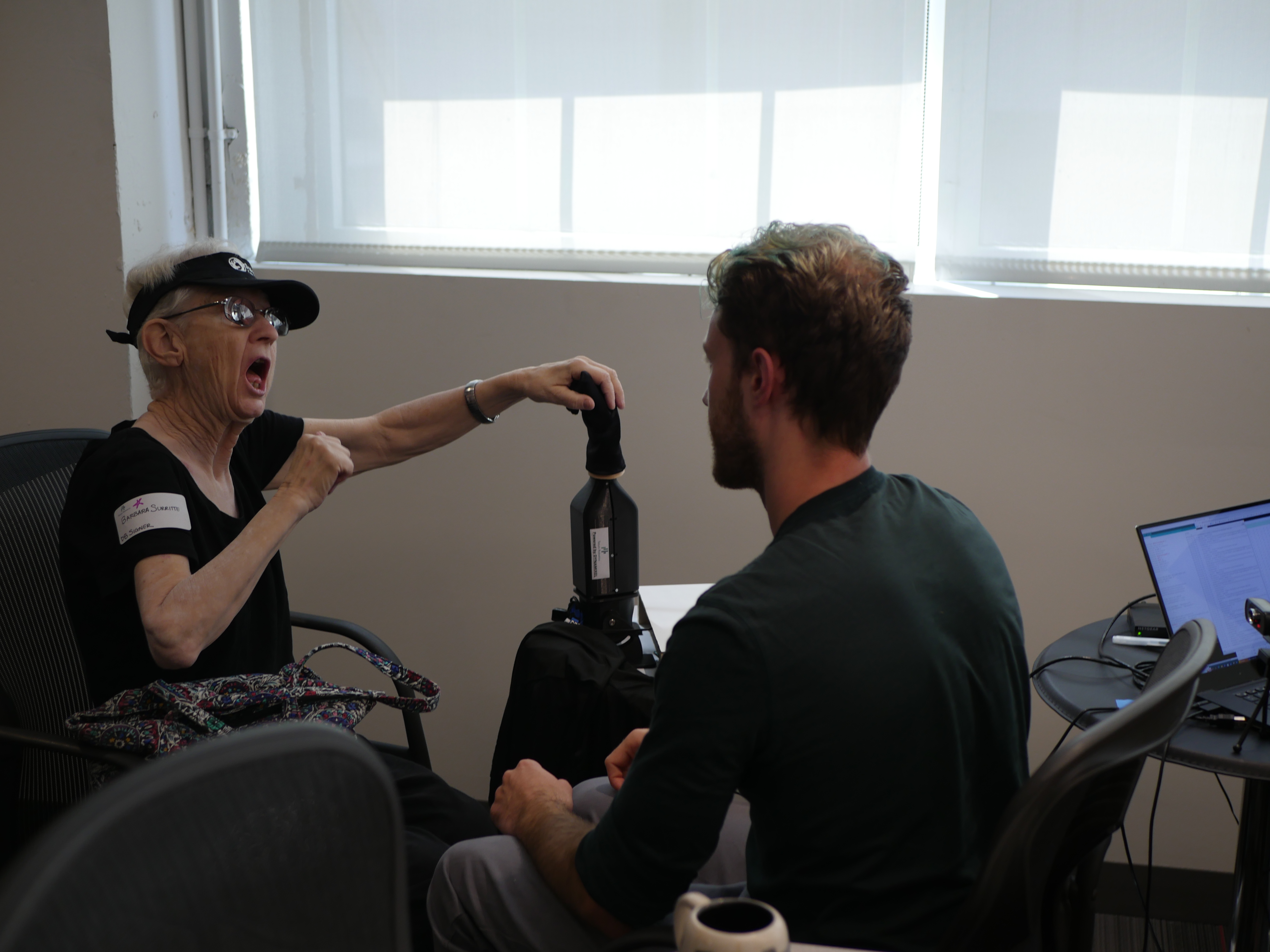Recently, megastar creator MrBeast posted a video to his YouTube in which he spotlights numerous blind and visually impaired people who have undergone a surgical procedure that “cures” their blindness. As of this writing, the video has been viewed more than 76 million times, and the responses have been visceral in both praise and contempt. For his part, MrBeast has taken to Twitter to publicly bemoan the fact that so many are so angry at him for putting on what amounts to a publicity stunt under the guise of selfless charity.
The truth is straightforward: The video was more ableist than altruistic.
Before delving into the many layers of why the video is troublesome, it’s important to issue a caveat. However problematic MrBeast’s premise in producing the video, the people who participated — the patients and their doctors — should not be vilified. They made the decision to go through with the surgery of their own volition. The reasoning behind making that choice goes far beyond the scope of this article.
In the broadest lens, the biggest problem with wanting to “cure” blindness is that it reinforces a moral superiority of sorts by those without disabilities over those who are disabled. Although not confronted nearly as often as racism and sexism, systemic ableism is pervasive through all parts of society. The fact of the matter is that the majority of abled people view disability as a failure of the human condition; as such, people with disabilities should be mourned and pitied. More pointedly, as MrBeast stated in his video’s thumbnail, disabilities should be eradicated — cured.
On one level, disability being viewed as a failure of the human condition is technically correct. That’s why disabilities are what they are: The body doesn’t work as designed in some way(s). If disabilities were computer software, engineers would be tasked with finding and fixing the bugs.
Yet the human body isn’t some soulless, inanimate machine that requires perfection in order to work properly or have value. I’ve been subject to a barrage of harassment on Twitter since tweeting my thoughts on MrBeast’s video. In between calls for me to imbibe a bottle of bleach, most of them have been hurling retorts at me that question why I wouldn’t want to “fix” or “cure” what prevents people from living what ostensibly is a richer, fuller life because blindness would be gone. A blind person, they said, could suddenly see the stars, a rainbow, a child’s smile or whatever other romantic notion one could conjure.
Elizabeth Barrett Browning would be proud of the way I count the ways in which this myopic perspective lacks perspective.
For one thing, the doctors shown in the video aren’t miracle workers. There is no all-encompassing cure for blindness. If the people who participated in this surgery have had their lives changed for the better by regaining their sight, more power to them.
That said, we know nothing of their visual acuities before the operation, nor do we know what the long-term prognosis is for their vision. That MrBeast proclaims to “cure” blindness is essentially baseless.
At a fundamental level, MrBeast’s video is inspiration porn, meant to portray abled people as the selfless heroes waging war against the diabolical villain known as disability. And it’s ultimately not meant for the disabled person. It’s for abled people to feel good about themselves and about disabled people striving to become more like them — more normal. For the disability community, inspiration porn often is met with such derision because the message isn’t about us as human beings; it’s about a group that’s “less than” the masses. This is where structural ableism again rears its ugly head.
Think about it: If you fell and broke your hand or your wrist, that would indeed be bad. You’d be disabled for some period of time. But the expectation during your recovery time would be that you’re still human, still yourself to reasonably do everything you could do prior. You may find certain things inaccessible for a while and need some forms of assistive technology, but you would expect to be treated with dignity and you wouldn’t expect someone to miraculously reset your broken bone. Yet this is what MrBeast (and his millions of minions) are peddling with this video. They don’t recognize the humanity of blind people; they only recognize the abhorrence of not being able to see.
In other words, abled people have a tendency to think disability defines us.
In many meaningful ways, yes, our disabilities do define us to a large degree. After all, no one can escape their own bodies. But what about our traits as individuals? Our families, our work, our relationships and much more? Surely people are aware of things like the Paralympics and wheelchair basketball leagues, for instance. The point is, disabled people are no different in our personal makeup than anyone else. We shouldn’t be pitied and we certainly don’t require uplifting in ways like MrBeast suggests.
I have multiple disabilities due to premature birth, but most people know me as a partner, a brother, a cousin and a friend who loves sports, likes to cook and listen to rap music, and a distinguished journalist. Everyone in my orbit is well aware of my disabilities, but they do not judge me solely based on them. They know the real me — they know my disabilities aren’t the totality of my being.
My lived experience is unique because I have so much to draw from: I have visual disabilities, physical motor disabilities and speech disabilities, and my parents were both fully deaf. Growing up the oldest of two children, I served as the unofficial in-house interpreter for my parents. As a CODA, I straddled the line between the deaf and hearing worlds. I know firsthand how deaf people look at their culture and their ways of life with immense pride. If someone “cured” deafness, what would happen to the people? Deaf culture is real. The culture would fade away because there’d be no reason for sign language to exist and the experiences derived from it.
I had a mentor my senior year of high school who asked me the day we met in my counselor’s office if I would go back and change things in my life so that I wouldn’t have disabilities. I told him rather unequivocally that I wouldn’t. He was taken aback by my answer, but I explained my rationale was simple: It would change who I am.
Almost a quarter-century later, my feelings are unchanged. Granted, I have my moments. I curse the fact I can’t get in a car and go anywhere I want, anytime I want. Likewise, I often lament the fact that my limited range of motion caused by cerebral palsy prevents me from literally moving as freely as I need or want to sometimes.
All told, however, my disabilities have enabled me to thrive in many respects. The relationships I’ve made, the knowledge I’ve acquired, the journalism career I’ve had for close to a decade — all of this would not have been possible in an alternate universe where I wasn’t a lifelong disabled person. To me, that’s the ultimate silver lining.
I don’t presume to be an oracle when it comes to accessibility and assistive technologies. I know a lot, but I don’t know it all. Similarly, I don’t presume to speak for all blind people or the disability community at large. Blindness in particular is a spectrum, and I proclaim to know only where my eyesight sits on that line. I also know this: A cure is not the answer to “helping” blind people, let alone anyone else with a disability.
Disabled people don’t need pity. We don’t need to be uplifted. We don’t need cures from ourselves. What we desperately do need is some recognition of our basic humanity. We need abled people to start seeing us as the people we are instead of the sorrowful, burdened outcasts society likes to portray us as.
MrBeast (and his defenders) easily fall into the trap of perpetuating that deeply entrenched ableist mindset; as I wrote earlier, ableism is just as pervasive as racism and sexism. Simply put, we need allies — people who see us as real people.
Finding a cure for cancer or a cure for AIDS is one thing. Disabilities need no cure. What truly needs curing is society’s proclivity to view the disability community as little more than real-life characters from a Tod Browning film. Disabled people are not freaks. Disability isn’t a bad word. You can learn a lot from us.
MrBeast’s blindness video puts systemic ableism on display by David Riggs originally published on TechCrunch
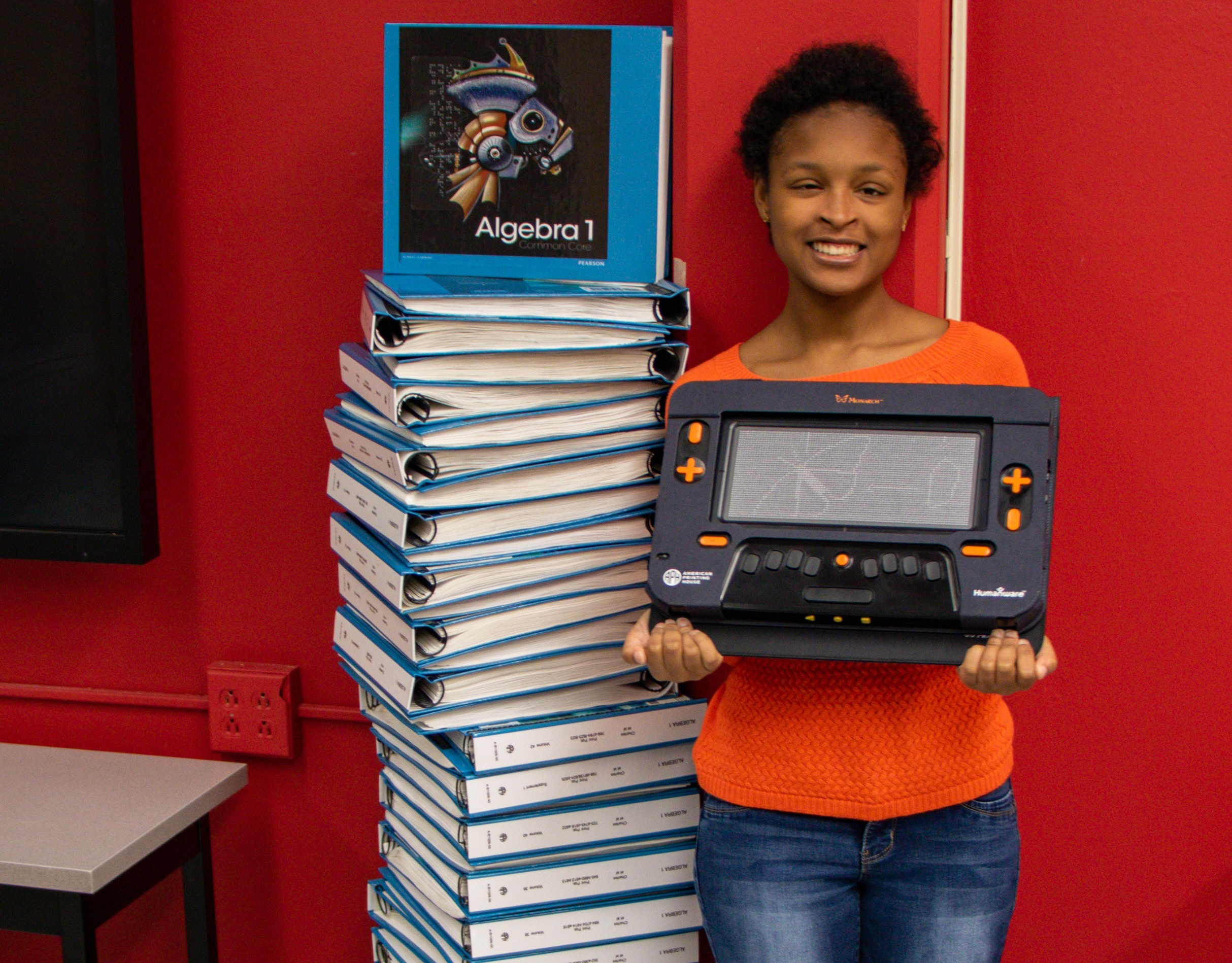

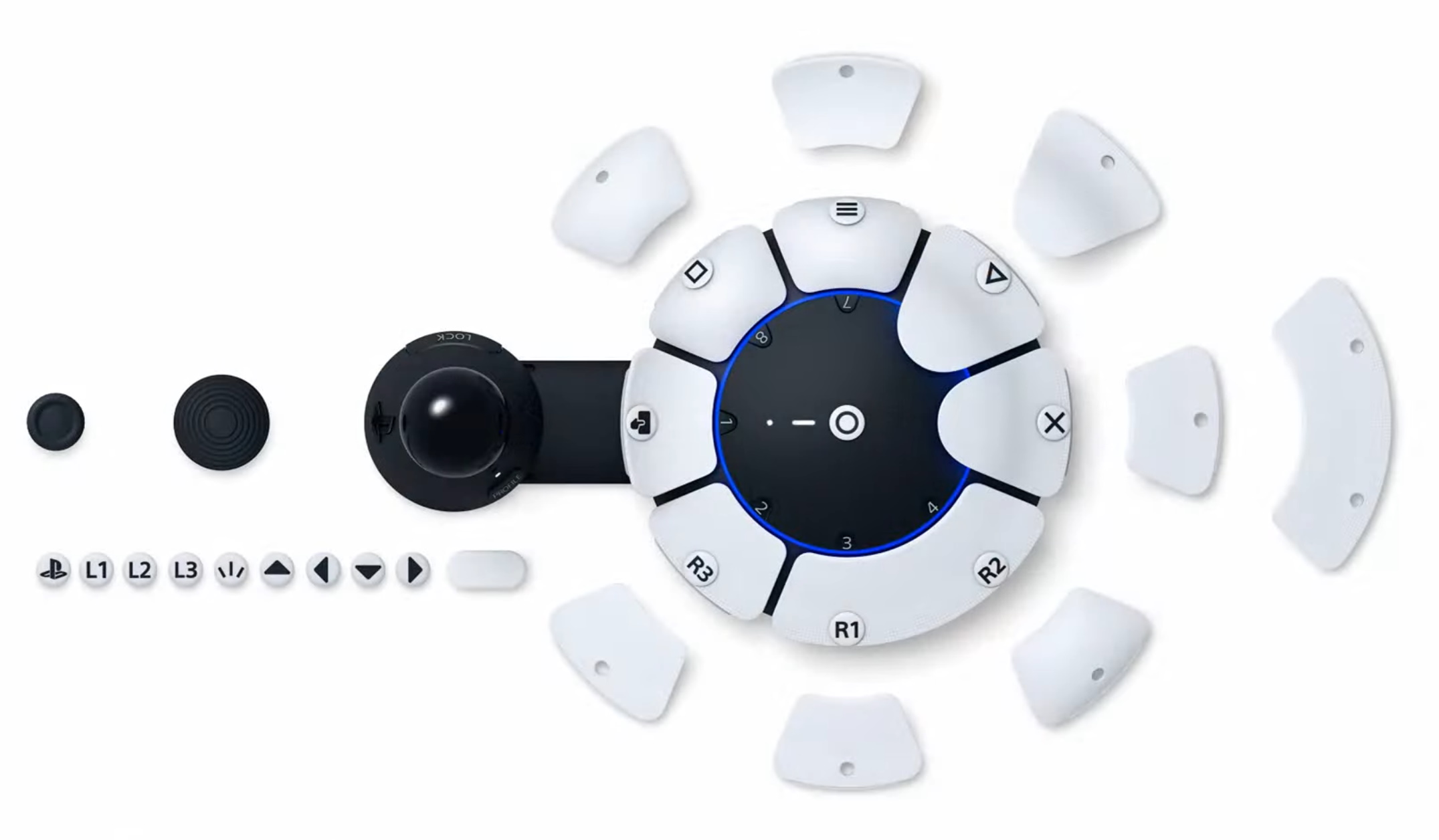
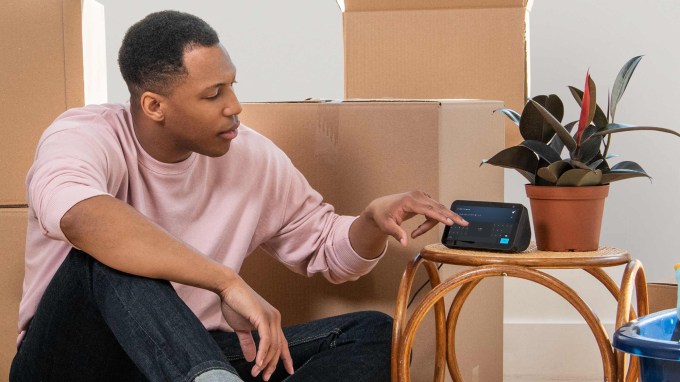
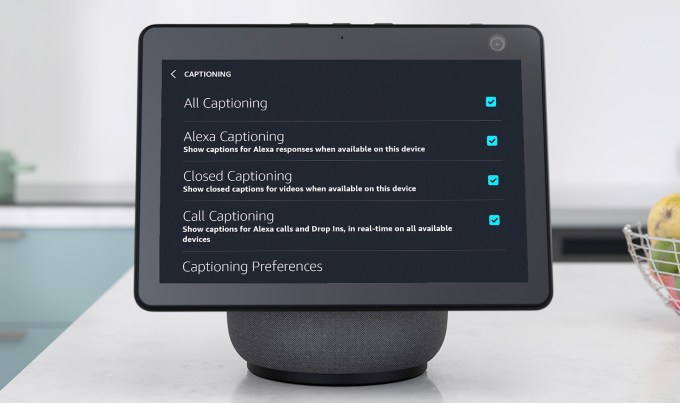
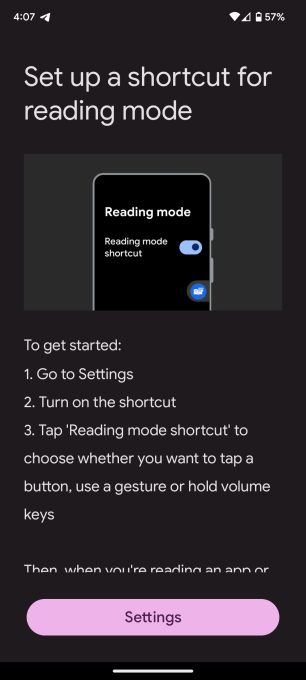


 , snowman
, snowman  , and snowflake
, and snowflake  for emoji mashups during the holiday season.
for emoji mashups during the holiday season.